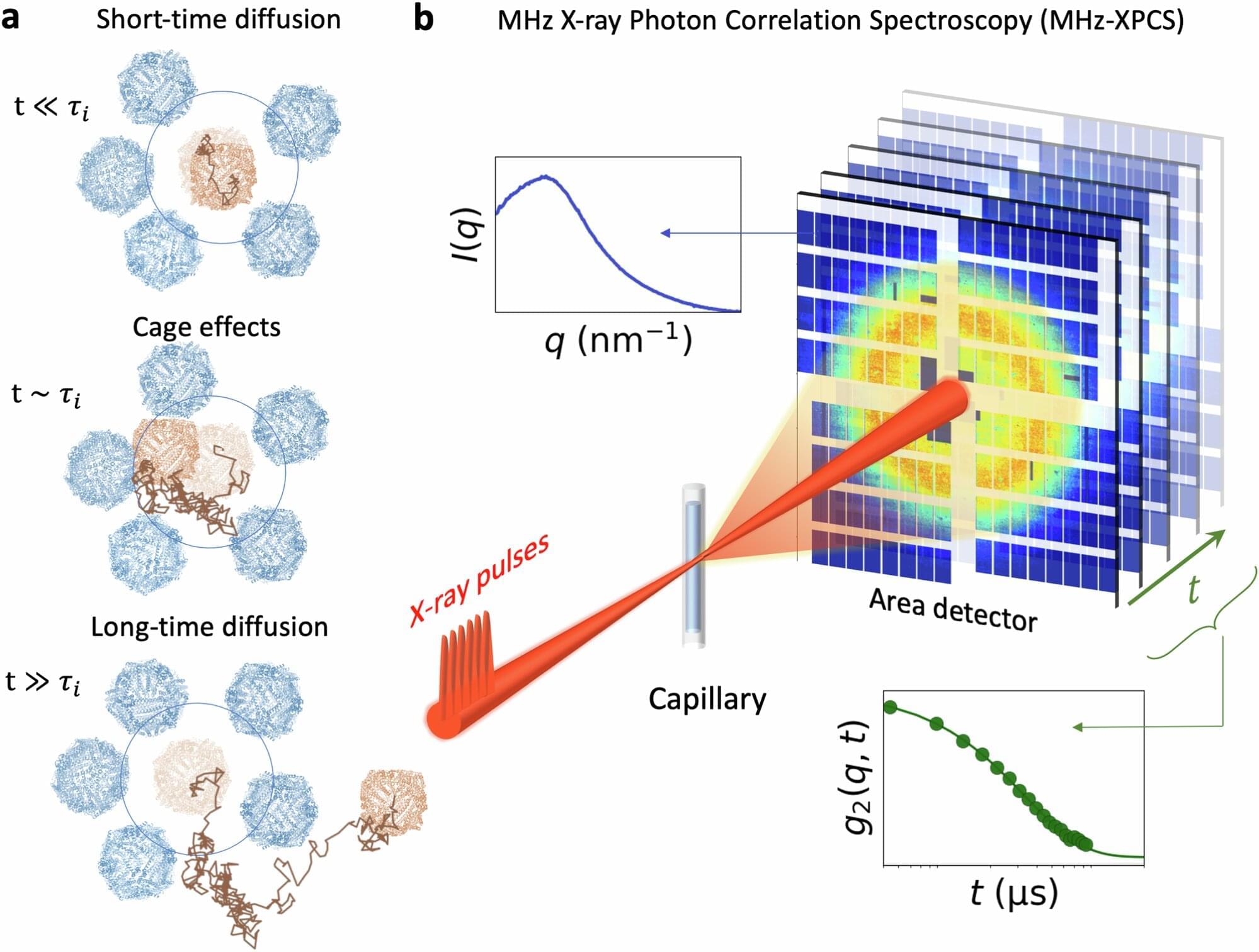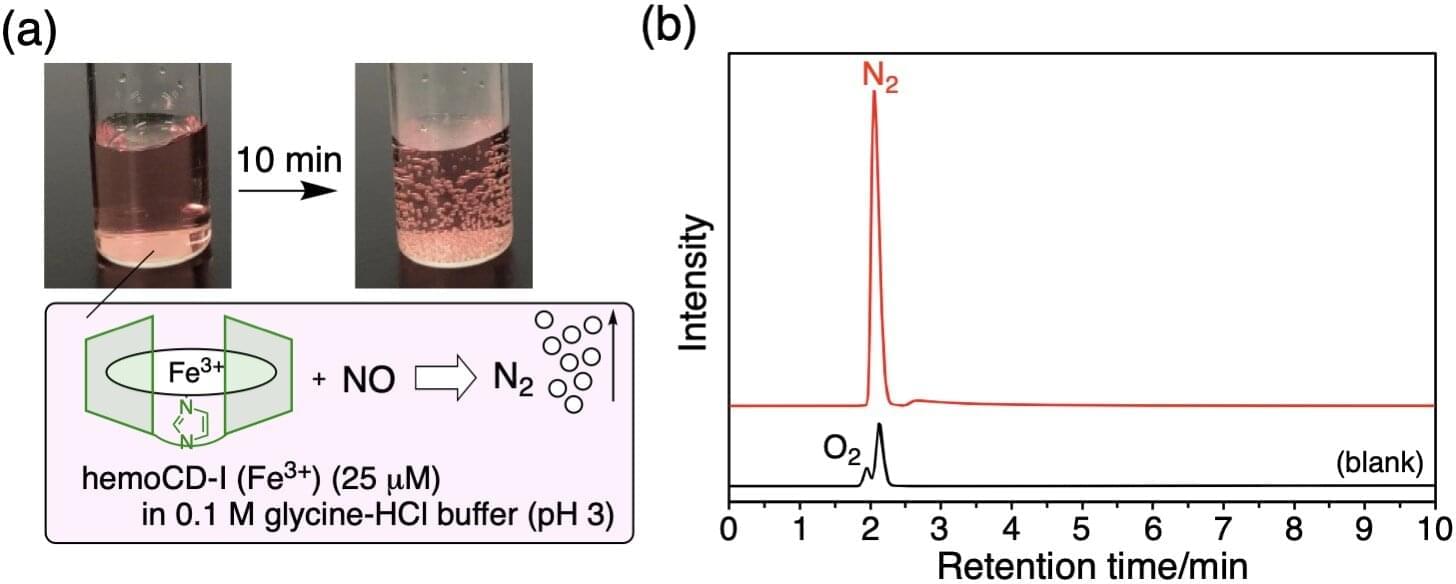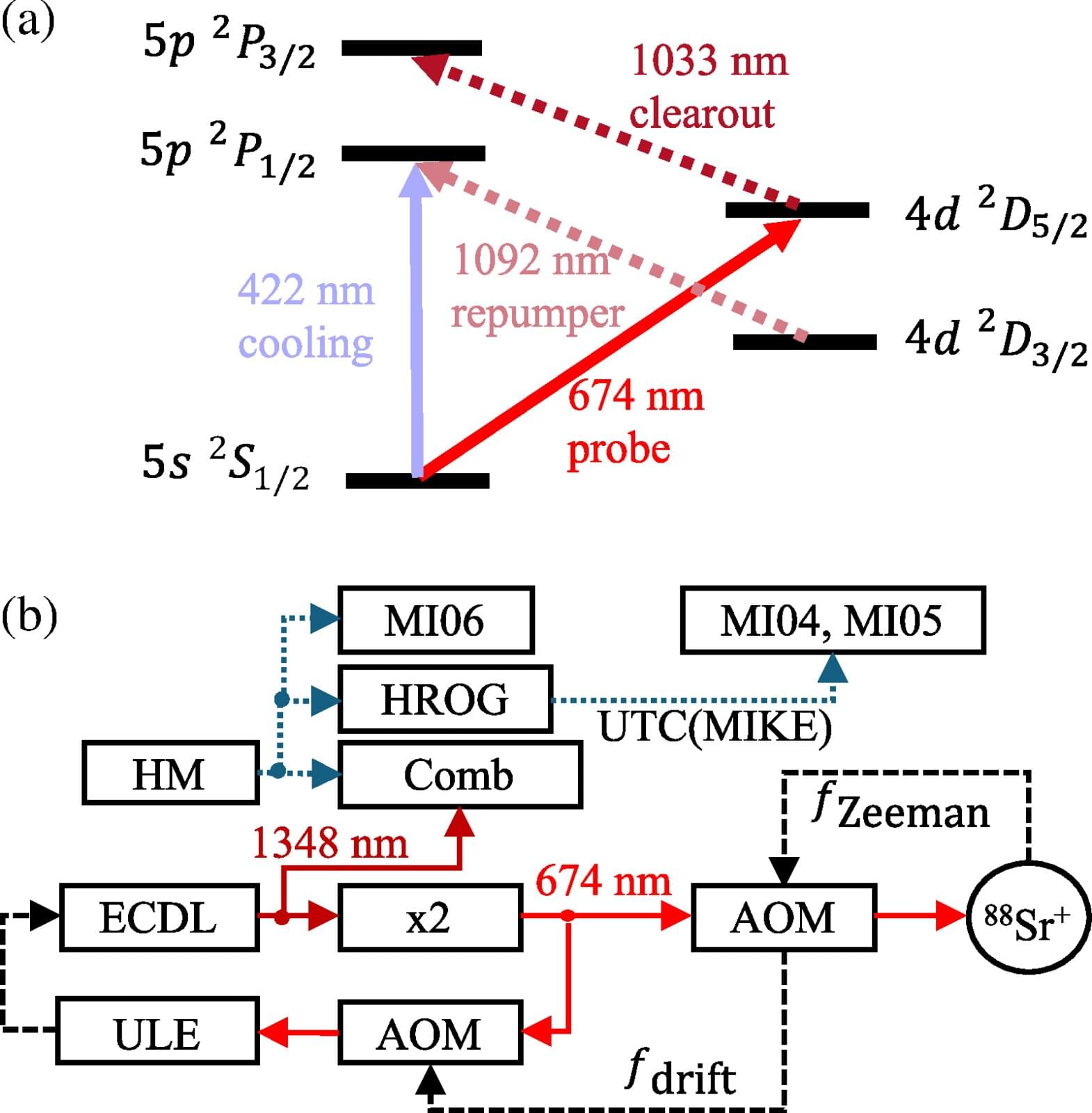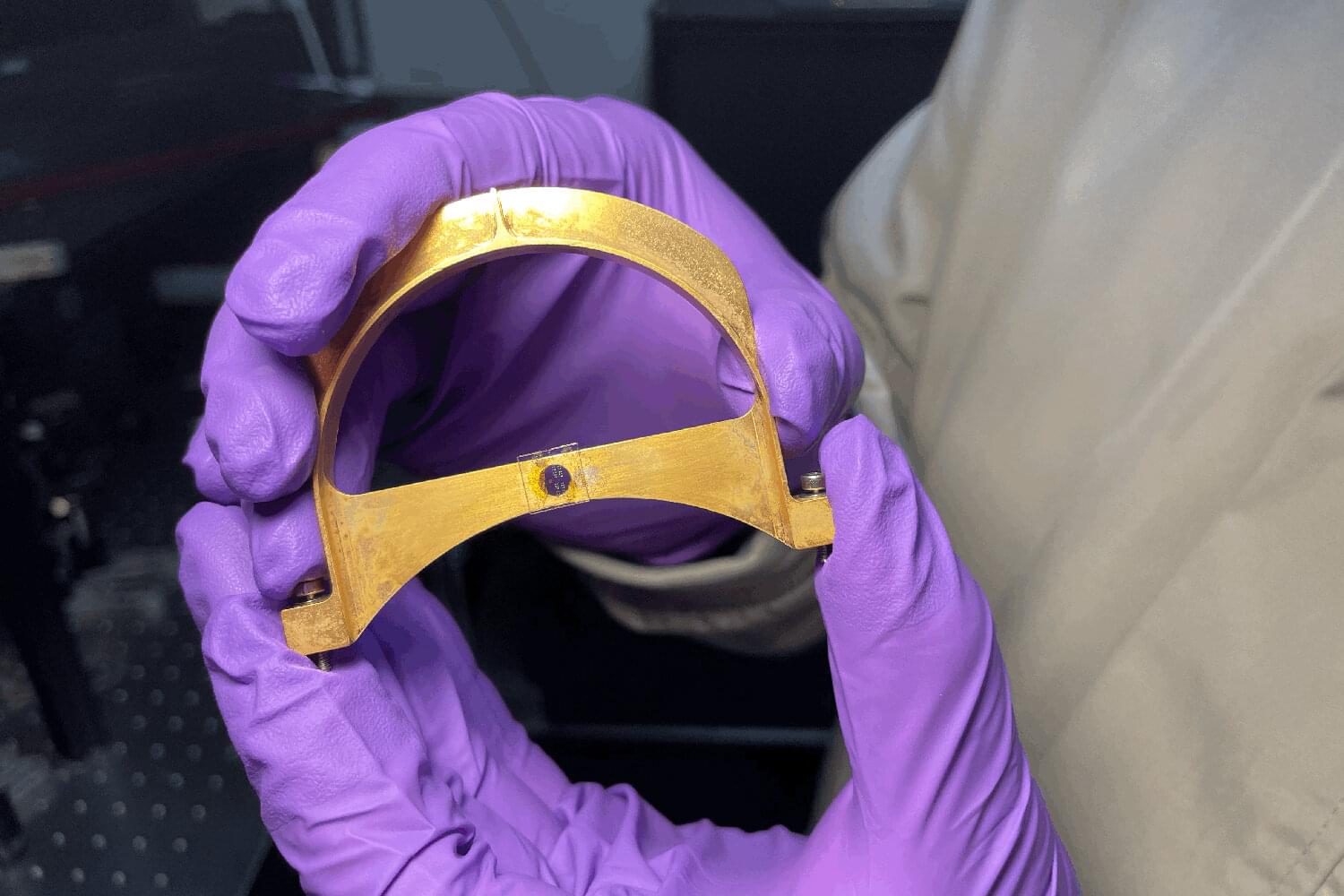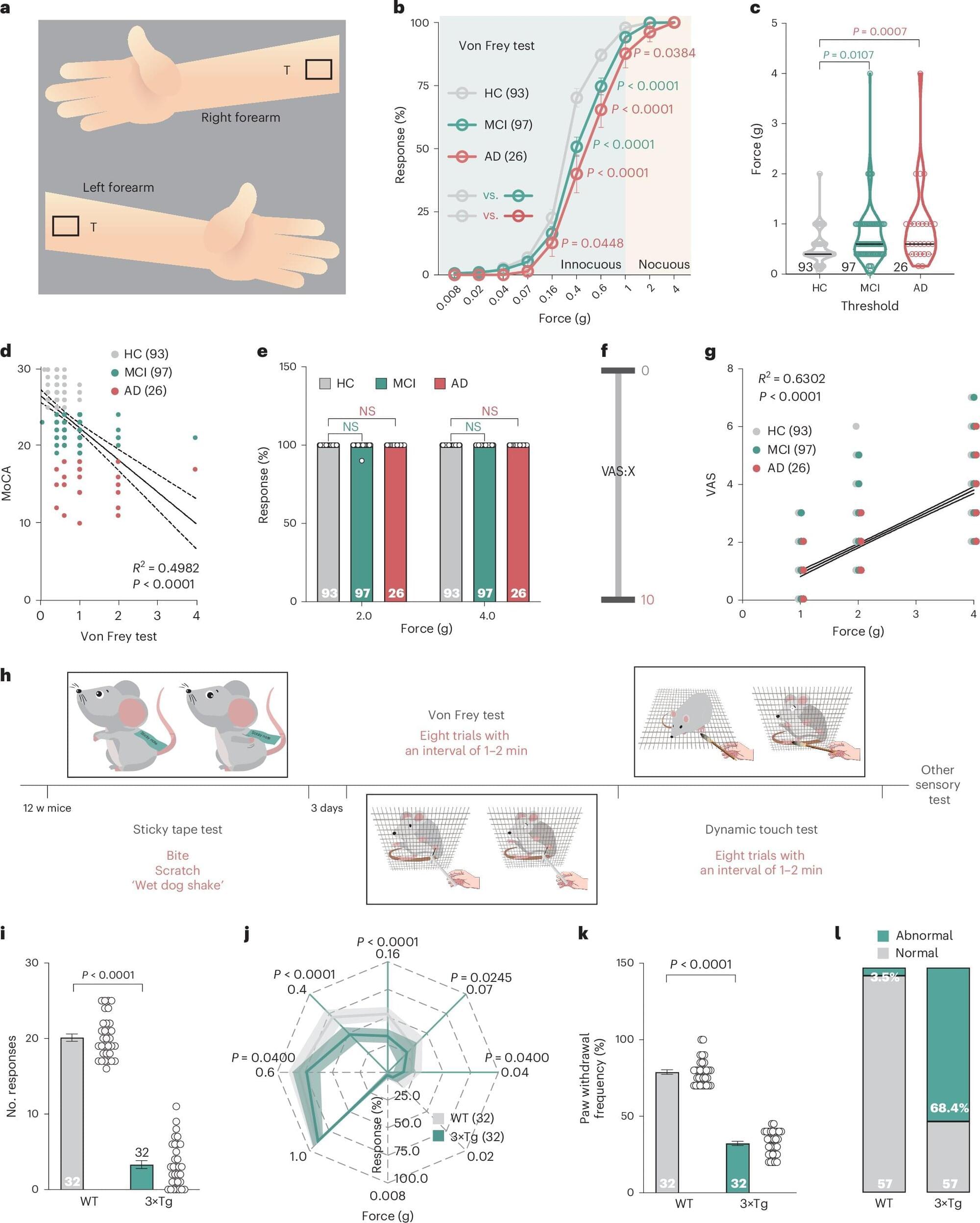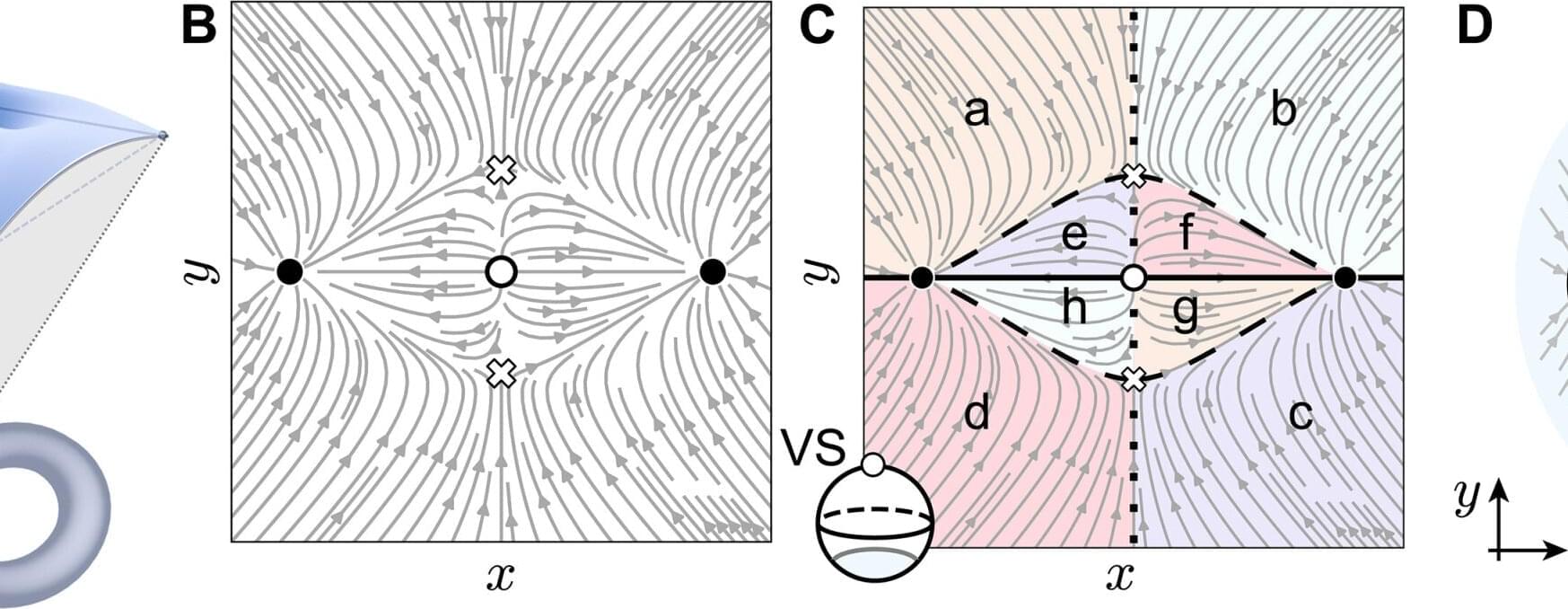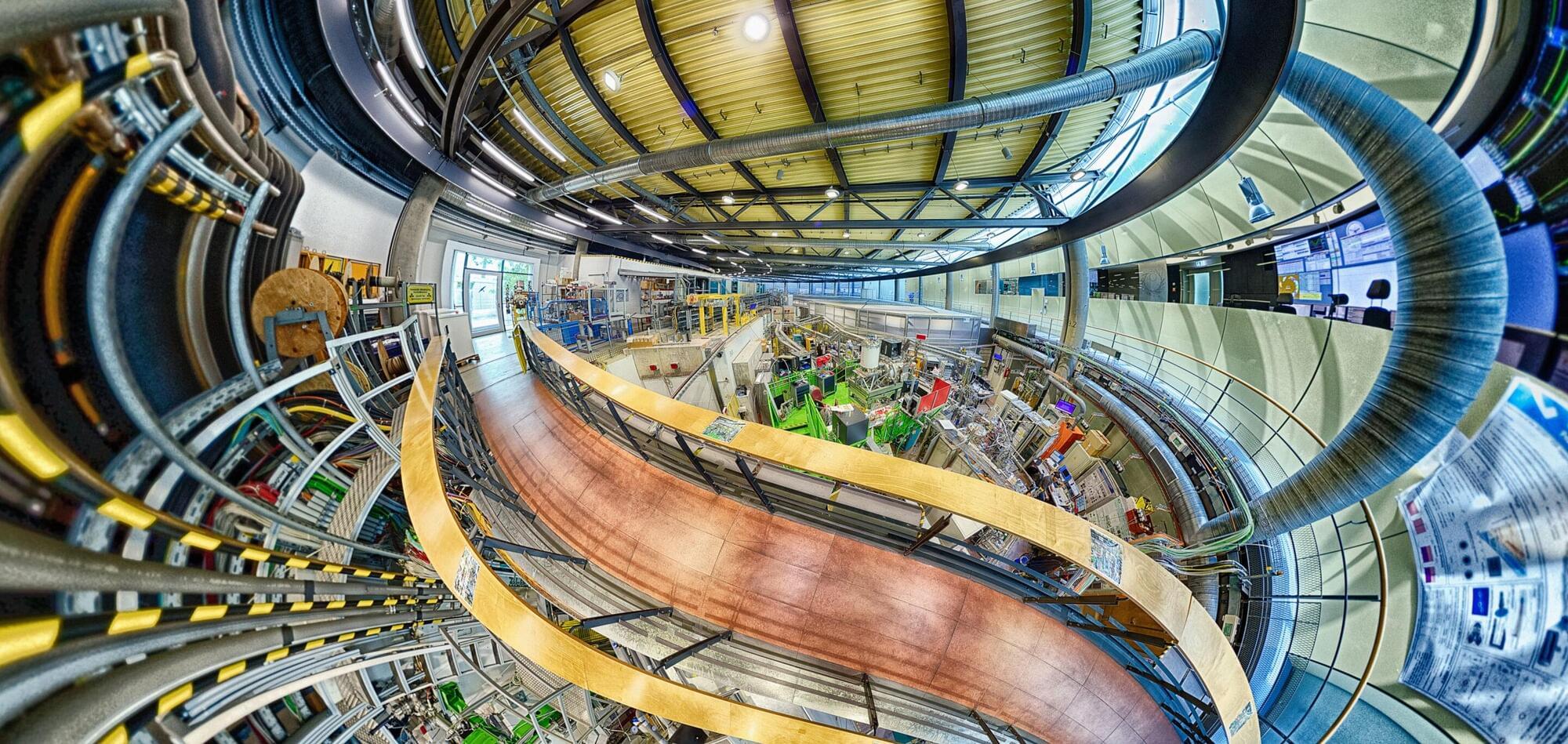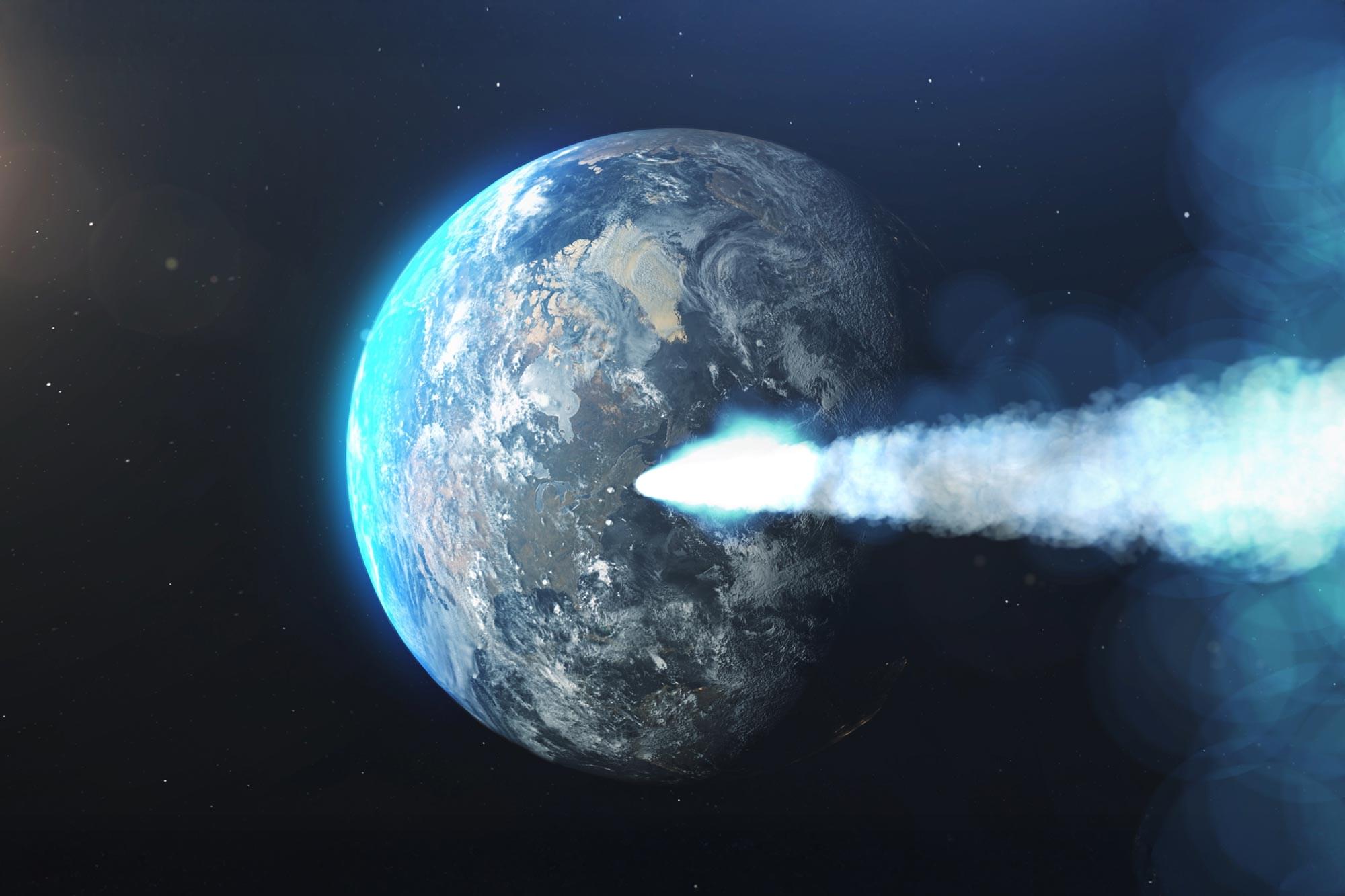At European XFEL, researchers have observed in detail how the vital iron protein ferritin makes its way in highly dense environments—with implications for medicine and nanotechnology.
Inside biological cells, there is a dense crowd where millions of proteins move side by side, bump into each other or temporarily accumulate. At the same time, these proteins often have to fulfill important tasks at short notice. How exactly the proteins move in this confined space has been difficult to track until now.
An international research team led by Anita Girelli and Fivos Perakis, both from Stockholm University, has now used the European XFEL X-ray laser in Schenefeld near Hamburg to take a closer look at these movements—and discovered a surprising pattern. The results are published in Nature Communications.
